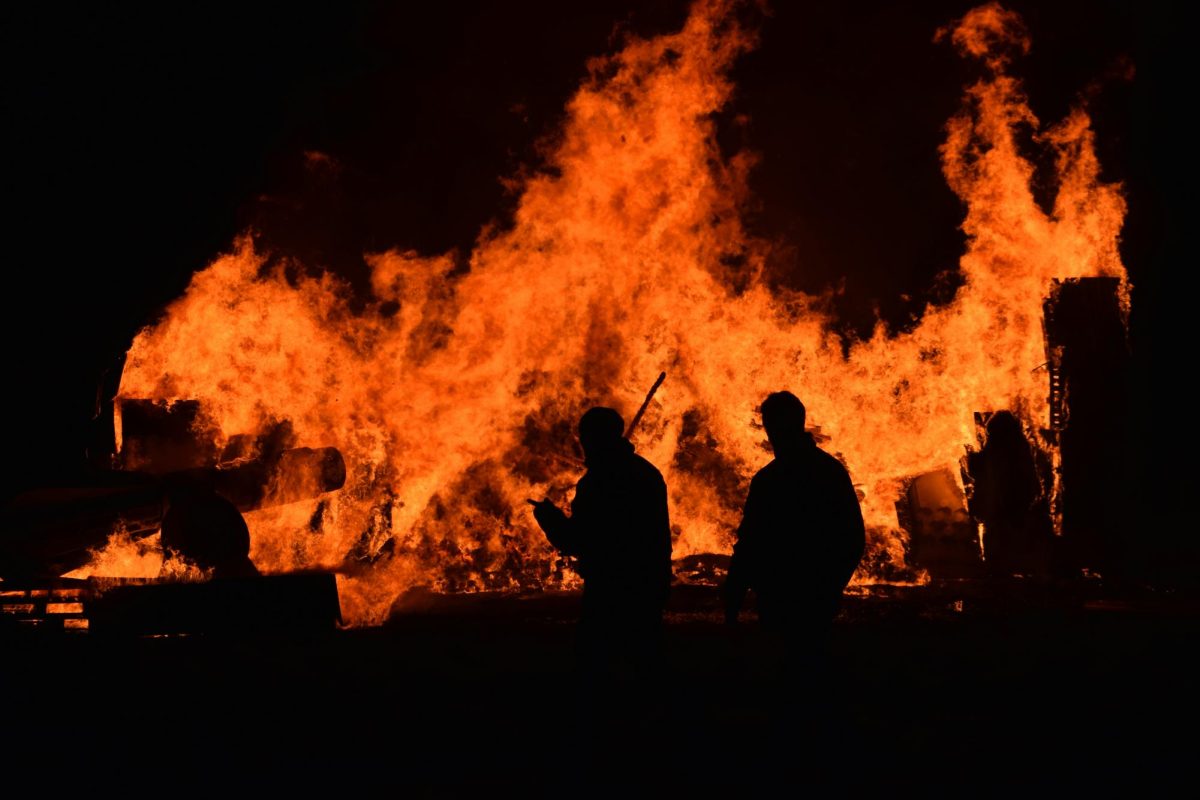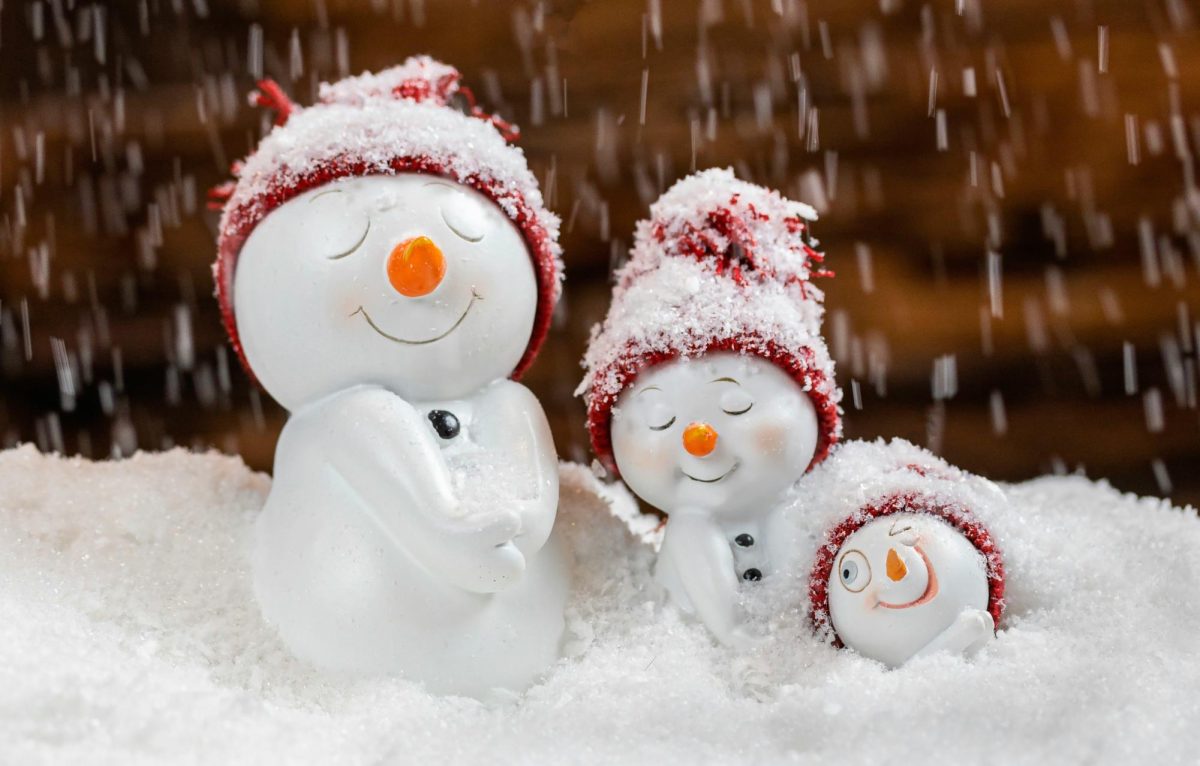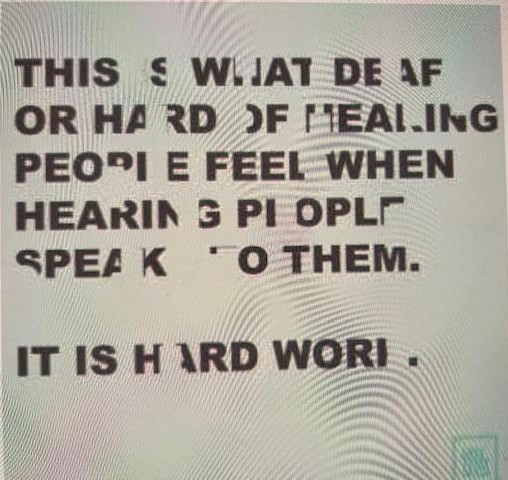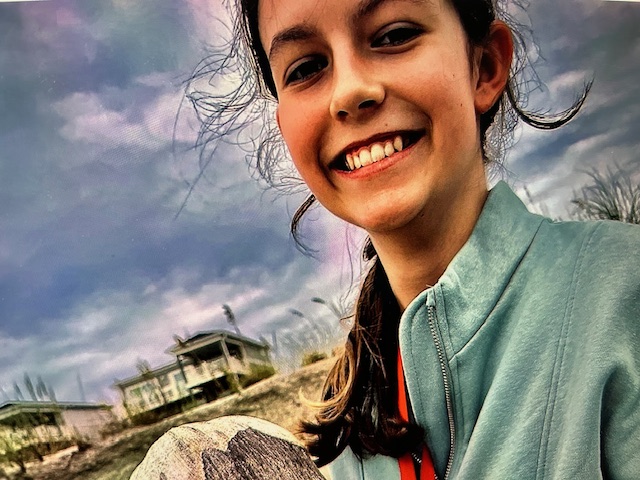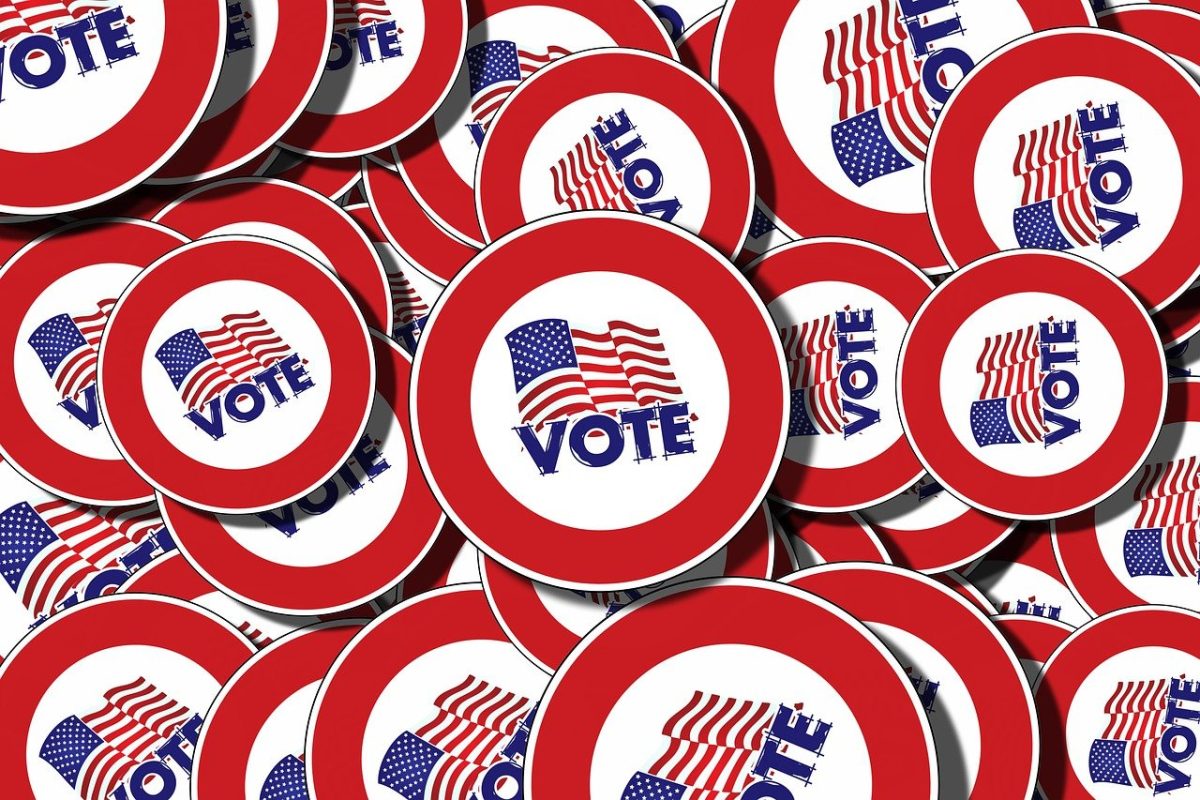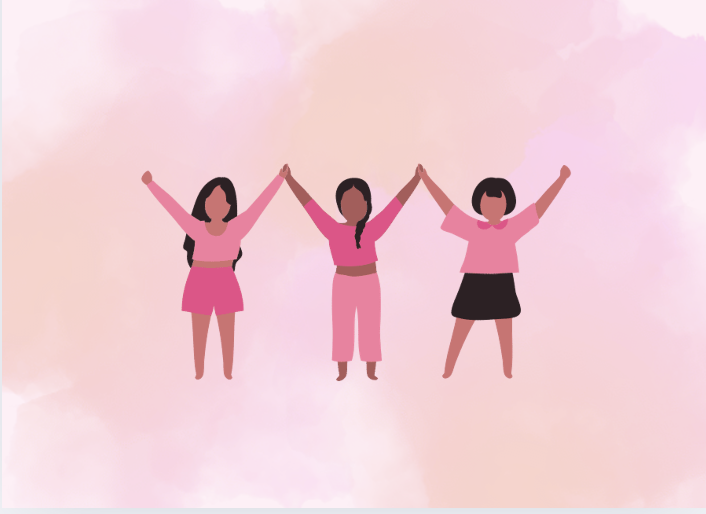More than half of Americans struggle with winter seasonal affective disorder or winter-pattern SAD for short, and for some people, Christmas may become more depressing each year.
Many people, when it becomes colder and darker, become gloomier because they usually get less time to spend with other people, or go outside. As someone with seasonal affective disorder said, “When it got colder, I wouldn’t be out with friends and would have less social time and I would always be stuck in the house.”
Winter-pattern SAD can occur to people for many reasons, such as world events, debt, focusing on problems that may occur, etc., and as someone has said, “It makes me feel like I have no energy, drowsy, and have no motivation to work or be social with other people.” But a big reason that it may occur is because of isolation and loneliness.
When winter time comes around, many people start to become depressed because they get to go out less, spend less time with their friends, family, etc., or not being able to go outside at all because of the weather or that it becomes dark faster can affect a person as well.
There are many signs that someone may be going through seasonal depression, such as being constantly winter-pattern SAD without reason, losing interest in hobbies, decreased energy, or even thoughts of suicide, and sadly many more. Unfortunately, there is no known reason why people may develop winter-pattern SAD. The National Institute of Mental Health (NIMH) has said, “Researchers are still determining what causes winter-pattern SAD. Most research to date has investigated potential causes of winter-pattern SAD because it is more common and easier to study. As a result, less is known about summer-pattern SAD and more research is needed.”
Almost every person can develop winter-pattern SAD, which is another reason why it is harder for people to understand why it could start. Winter-pattern SAD mostly occurs for women more than men and mainly occurs for people up north, because the day cycle is shorter than others.
Winter-pattern SAD tends to occur to people with a type of disorder. More often winter-pattern SAD is more common in people with depression, or with a bipolar disorder. Winter-pattern SAD may even run in a family if someone with a bipolar disorder may have seasonal depression, it could run through a bloodline.
Gladly there are ways to treat or reduce winter-pattern SAD; there are four main options, Light Therapy, Psychotherapy, Antidepressant Medication, and Vitamin D. These could be taken separately or all at the same time. For the winter time though, Light therapy and Vitamin D are the best for treating winter-pattern SAD.
People can also prevent winter-pattern SAD from even occurring. Before December you could use the methods that you would use to treat winter-pattern SAD. Since there has not been much research about the topic, this method may not work for everyone.


